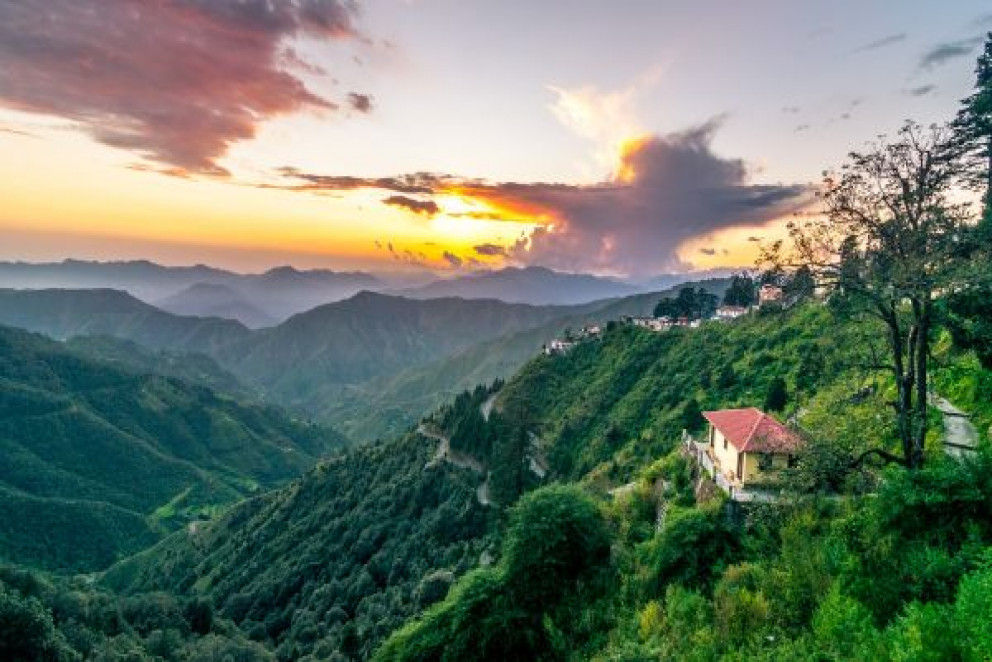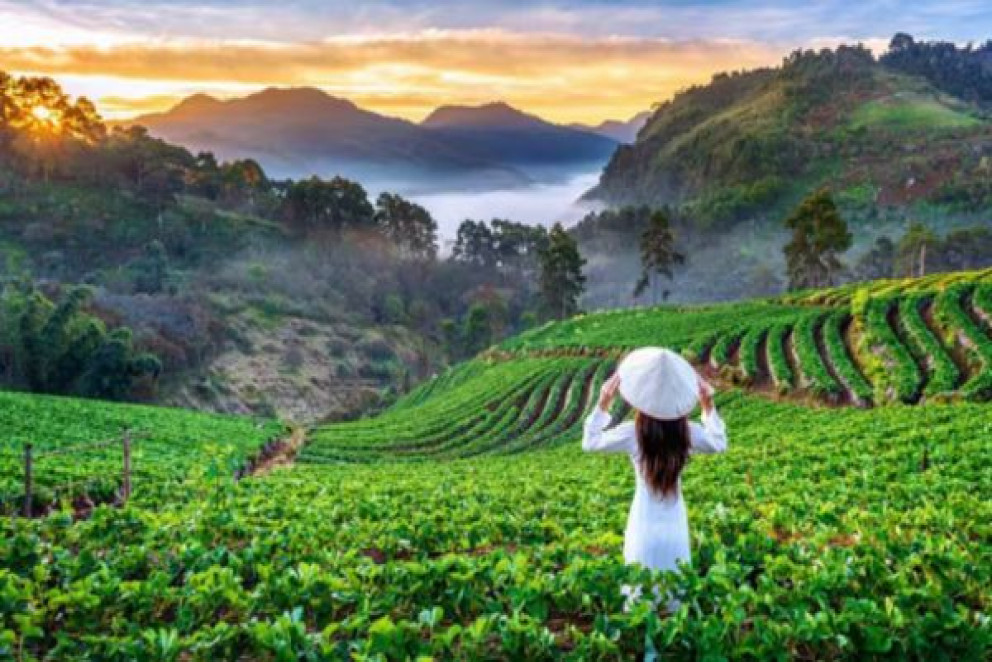Blog Details

Uttarakhand opens 30 new peaks & 10 trails for climbers
Some of these peaks include Rishi Pahar (6,992 m), Devtoli (6,788 m), Garur Parbat (6,504 m), Manda II (6,529 m), Manda III (6,510 m), Avalanche (6,443 m), Rishi Kot (6,236 m), Kali Dhang (6,373 m), and Bhirgu Parbat (6,041 m).The 10 new trekking routes include Nanda Lapak, Ratangarian, Yan Buk, Mahalay Parbat, Pawagarh, Bhagnyu, Lamchir, Lamchir South, Nar Parbat and Narayan Parbat. The move follows the central government’s decision in August 2019 to open up 137 Himalayan peaks across Uttarakhand, Himachal
Pradesh, Sikkim, and Jammu and Kashmir.
Incidentally, a proposal was received to open 51 such peaks and treks in Uttarakhand. However, the state after analysing the peaks and their criticality to the country’s security and ecosystem have kept 11 peaks out of the purview of climbers.
Officials said that it took time to implement the order as the forest department had asked for more time to finalise modalities for expeditions to these peaks. The forest department finally gave its nod on July 18.
A communique by additional secretary Dharam Singh Meena to the head of Forest Force said, “To ensure that the peaks are not littered with nonbiodegradable waste, the climbers will have to submit INR 10,000 per team and on their return show them the waste for the money to be returned.
Mountaineering and trekking activities will be done with the help of local ecodevelopment committees. This will boost the livelihood of people living in remote and border areas.” The communique added, “Only 12 teams with 10 members each can climb the peak only twice a calendar year. All the norms laid down by the forest department and Uttarakhand Mountaineering Association need to be strictly followed. Rules related to the forest, wildlife and biodiversity acts should be also adhered to and the team’s IDs, route map and day-wise activities must be submitted to the forest officials.”
Principal secretary of Uttarakhand forest department, RK Sudhanshu, said, “The move will attract more climbers and provide income, particularly to remote villagers.”
Source : Travel World



